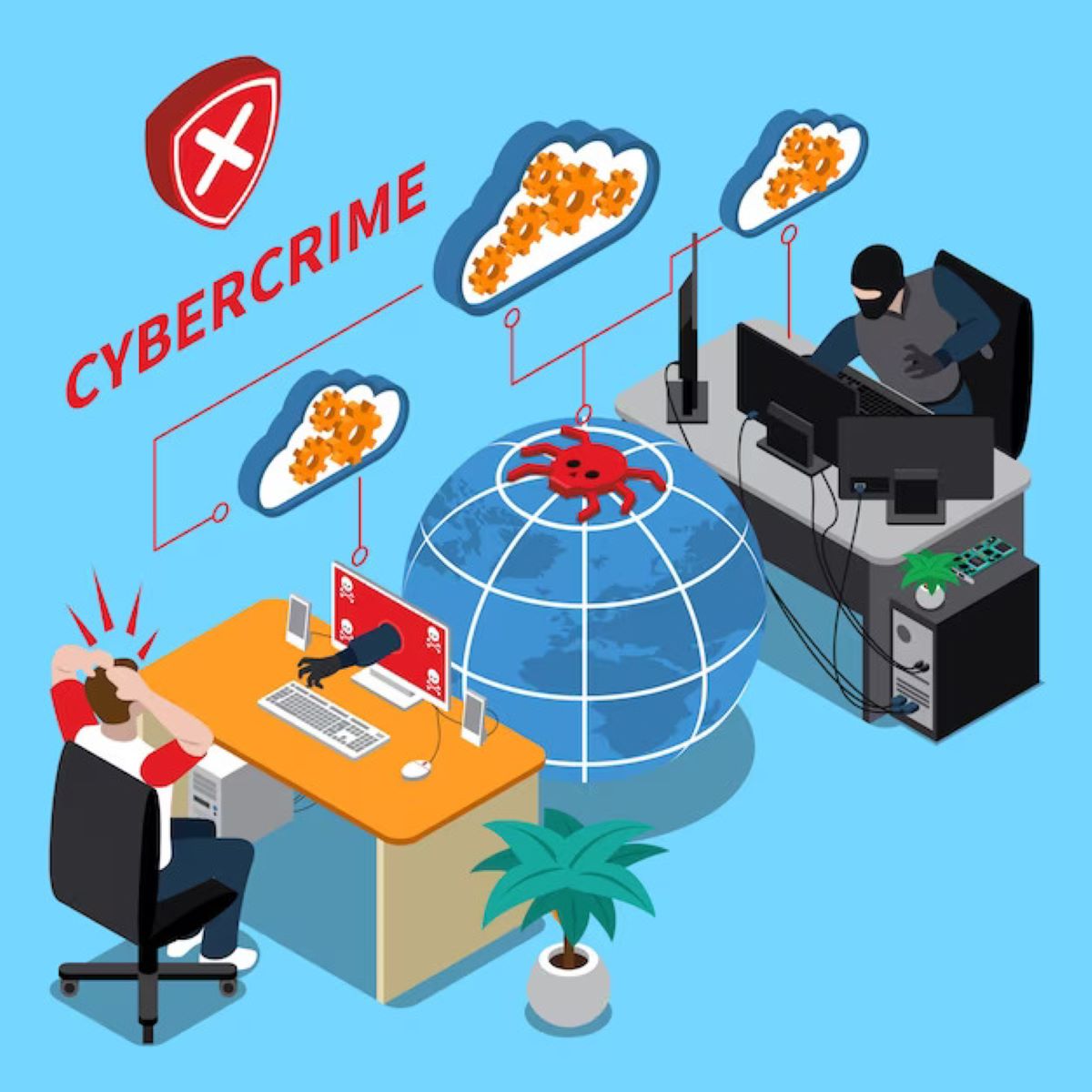Ransomware Defense: Strategies for Prevention, Detection, and Response
In a world where technology is growing rapidly, ransomware attacks have emerged as one of the most dangerous threats that modern organizations and individuals are facing. A ransomware attack is a type of attack that encrypts valuable data, making that data inaccessible to the genuine user until a ransom is paid which is often in cryptocurrency. The consequences of this attack can be devastating, leading to financial losses, operational disruptions, and reputational damage.

Steps to Mitigate Ransomware Attack
- User Education and Awareness
Educating users about the risks associated with ransomware and the importance of practicing good cybersecurity hygiene is paramount. Employees should be trained to recognize phishing emails, suspicious links, and attachments that could contain ransomware payloads. Regular awareness sessions and simulated phishing exercises can help reinforce these principles and empower users to make informed decisions when interacting with digital content.
- Implement Robust Security Measures
Deploying robust security solutions is critical for safeguarding against ransomware attacks. This includes installing reputable antivirus software, firewalls, and intrusion detection systems. Additionally, endpoint protection platforms can help detect and block ransomware threats at the device level. Regularly updating software and operating systems with the latest security patches is essential to address known vulnerabilities that could be exploited by attackers.
- Backup and Disaster Recovery Planning
Implementing a robust backup and disaster recovery plan is essential for mitigating the impact of ransomware attacks. Regularly backing up critical data to offline or cloud-based storage ensures that even if files are encrypted by ransomware, they can be restored from backup copies without paying the ransom. It’s crucial to regularly test backup systems to verify their reliability and ensure that they can effectively restore data in the event of an attack.
- Network Segmentation and Access Controls
Segregating networks and implementing strict access controls can limit the spread of ransomware within an organization’s infrastructure. By dividing networks into smaller segments and restricting access based on the principle of least privilege, organizations can contain the impact of ransomware incidents and prevent lateral movement by attackers. Network segmentation also enables more granular monitoring and detection of suspicious activity.
- Continuous Monitoring and Threat Detection
Implementing continuous monitoring and threat detection mechanisms enables organizations to detect ransomware attacks in their early stages and respond swiftly to mitigate the damage. Utilizing security information and event management (SIEM) systems, intrusion detection/prevention systems (IDS/IPS), and endpoint detection and response (EDR) solutions can help identify indicators of compromise (IOCs) and anomalous behavior indicative of ransomware activity.
- Develop an Incident Response Plan
Having a well-defined incident response plan is crucial for effectively managing ransomware incidents when they occur. The plan should outline clear roles and responsibilities, escalation procedures, and communication protocols to ensure a coordinated response effort. Conducting tabletop exercises and simulations can help test the effectiveness of the incident response plan and identify areas for improvement.
Conclusion
To sum it up, combating ransomware requires a multifaceted approach that combines proactive prevention, robust detection, and swift response capabilities. By implementing defense strategies and fostering a culture of cybersecurity awareness, organizations can significantly reduce their susceptibility to ransomware attacks and safeguard their critical assets and operations against this pervasive threat. Remember, the best defense against ransomware is preparation and vigilance.








